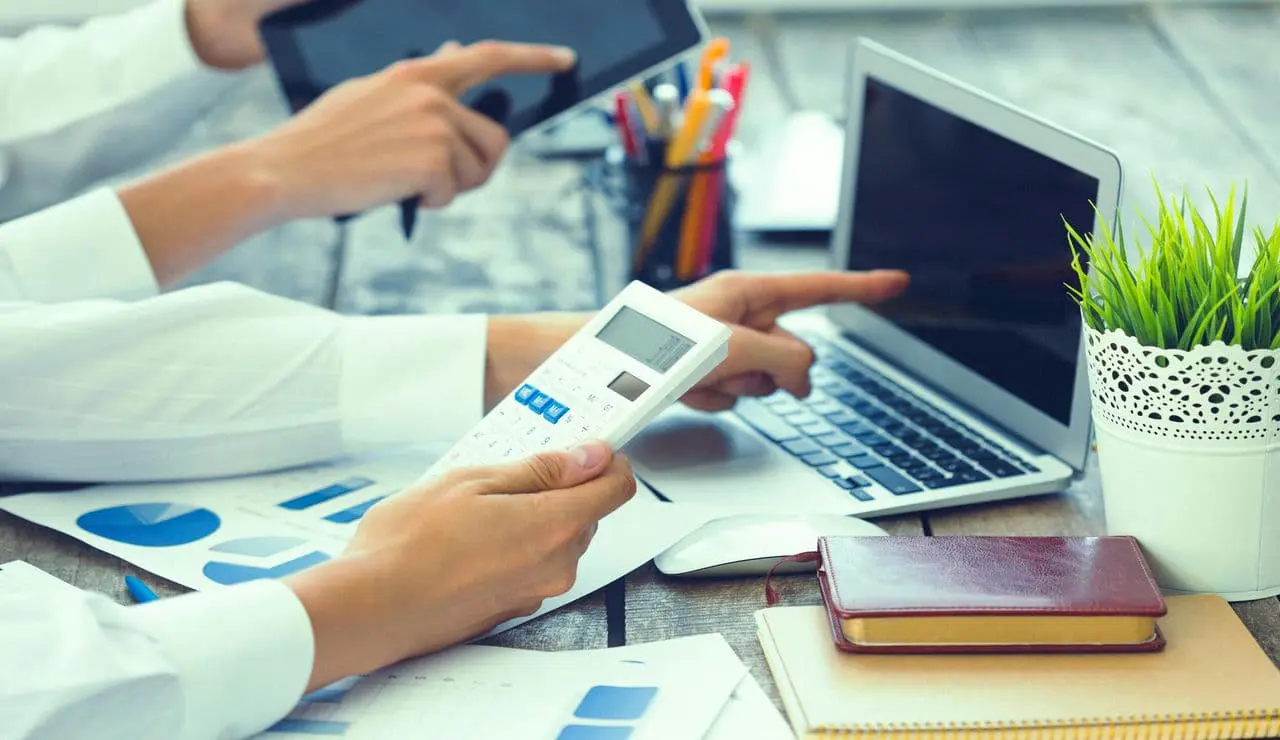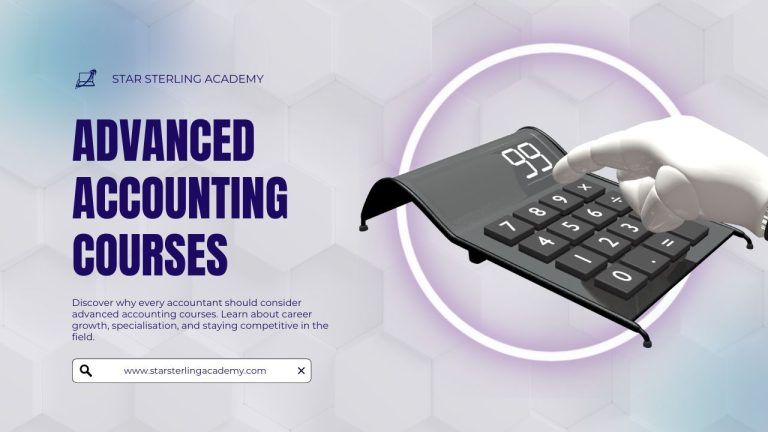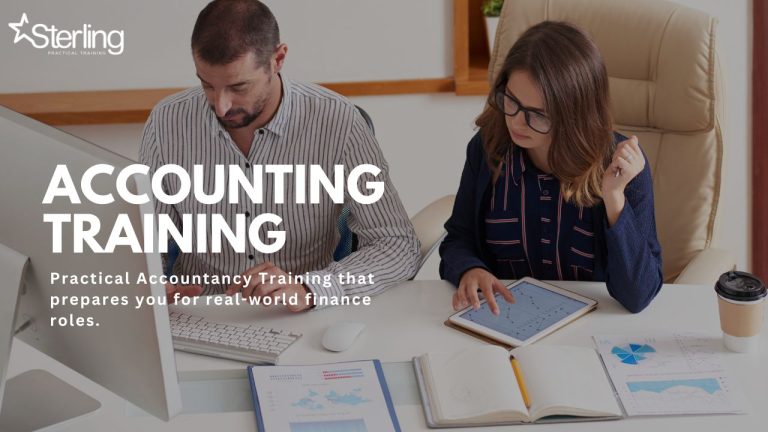Understanding HMRC's Digital Services for Accountants
HMRC (HM Revenue and Customs) has significantly changed how businesses and individuals file their taxes in recent years. One of these changes is the shift towards digital services, which has affected accountants. As an accountant, staying updated with these changes and understanding how they impact your work is crucial.
The HMRC’s digital services for accountants can be broken down into three main categories: Making Tax Digital (MTD), Agent Services Account (ASA), and the Online Government Gateway service.
-
Making Tax Digital (MTD)
MTD is a mandatory government initiative that requires businesses above a certain threshold to keep digital records of their VAT transactions and submit their VAT returns using compatible software. MTD aims to make tax reporting more efficient, accurate, and more straightforward for businesses.
-
Agent Services Account (ASA)
ASA is a new online service offered by HMRC that enables agents to manage their clients' tax affairs digitally in one place. It replaces the old Government Gateway login system previously used by agents. With ASA, you can set up authorisations with different access levels depending on your client's needs. This can include authorisations for VAT, Corporation Tax, PAYE for employers, Self-Assessment, and more.
-
Online Government Gateway service
Individuals and businesses use the Government Gateway service to access various online services HMRC provides, such as filing Self-Assessment tax returns or paying VAT. As an accountant, you may have used this service for your clients. However, this service has become less relevant with the introduction of MTD and ASA.This type of self-assessment is often used in personal development or counselling sessions to help individuals gain self-awareness and make informed choices based on their own needs.
Navigating HMRC's Digital Services for Accountants
HMRC’s Digital Services are an integral part of the tax administration system in the UK. They have been designed to make it easier for businesses and individuals to interact with HMRC and improve the efficiency and accuracy of tax compliance. As an accountant, you must understand these digital services to provide your clients with foolproof accounting solutions.
-
Personal Tax Account (PTA
The Personal Tax Account is a secure online portal allowing individuals access to their tax information. This includes National Insurance contributions, income tax payments, and state pension records. Clients can use this service to manage their taxes, update their personal information, track refunds or check their state pension entitlements.
-
Business Tax Account (BTA)
The Business Tax Account allows companies and sole traders to manage all their tax affairs online in one place. Depending on the type of business, this account may include details about corporation tax, VAT returns, PAYE for employers and Self-Assessment updates. It also offers features like payment reminders and allows users to link different Government Gateway accounts.
-
Making Tax Digital
As part of HMRC's effort towards digitisation, they have launched Making Tax Digital (MTD). This initiative aims at simplifying the process of filing taxes by transitioning from paper-based systems to digital ones. From April 2023 onwards, MTD will require all VAT-registered businesses with taxable turnover above £85k per annum to submit their VAT returns electronically using dedicated software.
-
Government Gateway
The Government Gateway is an online system that allows individuals and businesses to access HMRC's digital services securely. It is a single entry point for services such as Self-Assessment, Corporation Tax, PAYE, VAT, and more. Clients can use this service to register for tax or change their tax information.
-
Agent Services Account (ASA)
The Agent Services Account enables accountants and agents to manage their clients' tax affairs digitally on their behalf. This includes submitting and viewing Self-Assessment returns, Corporation Tax returns, VAT returns, and PAYE for employers. Agents can also track the progress of any applications or requests made on behalf of their clients.
-
Making Tax Digital for Income Tax Self-Assessment (MTD ITSA)
From April 2024 onwards, MTD ITSA will require all self-employed individuals with annual business or property income above £10k per annum to submit their quarterly updates using dedicated software. This will replace the current paper-based filing system once fully implemented.
-
VAT Online Services
HMRC's online VAT services allow businesses to manage their VAT online. This includes submitting returns, making payments, registering for VAT and more.
-
SEISS (Self-Employment Income Support Scheme)
The Self-Employment Income Support Scheme (SEISS) is a government scheme that supports self-employed individuals whose income has been impacted by the pandemic. Clients can use this service to apply for grants and check their eligibility for support.
-
Claiming Work from Home Expenses
With the rise of remote working due to COVID-19, HMRC introduced a simplified process for claiming work-from-home expenses. Individuals can now claim a flat-rate deduction of £6 per week or £26 per month without the need for detailed records.
Registering for an Agent Services Account
Registering for an Agent Services Account is the first step towards being able to use any of HMRC’s digital services as an accountant. This account allows you to access various tools and services that make managing your clients’ taxes more accessible and efficient.
To register for an Agent Services Account, you will need to follow the steps outlined below:
-
Step 1: Check Your Eligibility
Before starting the registration process, it is essential to make sure that you are eligible for an Agent Services Account. You must be a registered agent with HMRC or be part of a regulated professional body such as ACCA, ICAEW or CIOT. Additionally, you must have at least one client who uses your services for tax purposes.
-
Step 2: Gather the Required Information
To complete the registration process, it is essential to have all the necessary information at hand. This includes your business details, personal data such as National Insurance number and Unique Taxpayer Reference (UTR), and details of your nominated partner or director if applicable. Having your Government Gateway user ID and password ready is also helpful.
-
Step 3: Access HMRC Online Services
Next, you will need to access HMRC's online services by visiting their website or using their app on a mobile device. If you do not already have a Government Gateway account, you must create one by following the prompts on the screen.
-
Step 4: Register for Agent Services Account
Once logged in to your Government Gateway account, you must select "Services you can use" and then click "Register for Agent Services Account." If applicable, you will be prompted to provide your personal and business details and the details of your nominated partner or director.
-
Step 5: Wait for Confirmation
After submitting your application, HMRC will review it and send you a confirmation email once your Agent Services Account has been set up. This can take up to 10 days. Once you have received this email, you can access all HMRC's digital services for agents.
Submitting Tax Returns and VAT online
Submitting tax returns and VAT online involves:
- Registering for an online account with HMRC.
- Using approved accounting software.
- Thoroughly reviewing all information before submission.
Staying organised, accurate, and up-to-date with HMRC’s digital requirements will help ensure your business remains compliant and avoid penalties or delays.
In addition to submitting tax returns online, businesses can sign up for Making Tax Digital (MTD) for VAT. This initiative requires businesses above the VAT threshold (currently £85,000) to keep digital records and submit their VAT returns through compatible software. MTD aims to make the process of filing taxes more streamlined and accurate.
To submit a VAT return online, businesses can use HMRC’s online service or approved accounting software. Like tax returns, it is essential to ensure all information is correct before submission.
Star Sterling Academy VAT courses cover everything you need to know about VAT returns submission, from the basics to the most complex scenarios.
Using Making Tax Digital software
HMRC’s Making Tax Digital (MTD) initiative is a new way of managing and submitting taxes that will be mandatory for all businesses by 2023. One of the key aspects of MTD is the use of specialised software designed to help companies keep digital records and submit their taxes online. This software bridges your financial data and HMRC’s systems, allowing seamless communication and automated updates.
The first step in using MTD software is choosing the right one for your business. Once you have selected a suitable MTD software, you must set it up according to your business structure and financial records. This involves linking your bank accounts and setting up relevant tax codes. Most software providers offer tutorials or support guides for this initial setup process.




